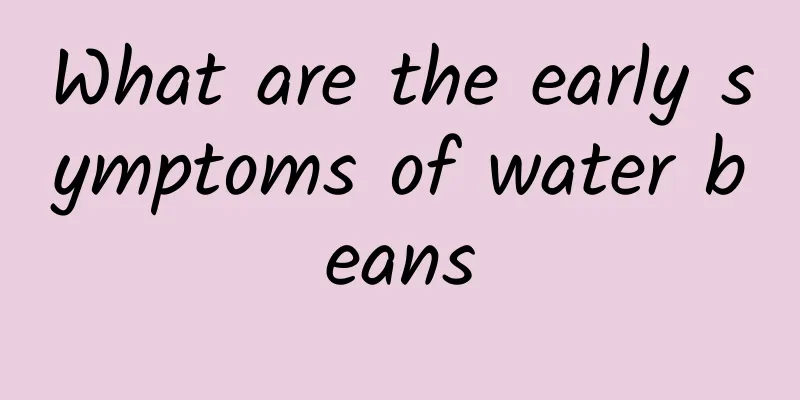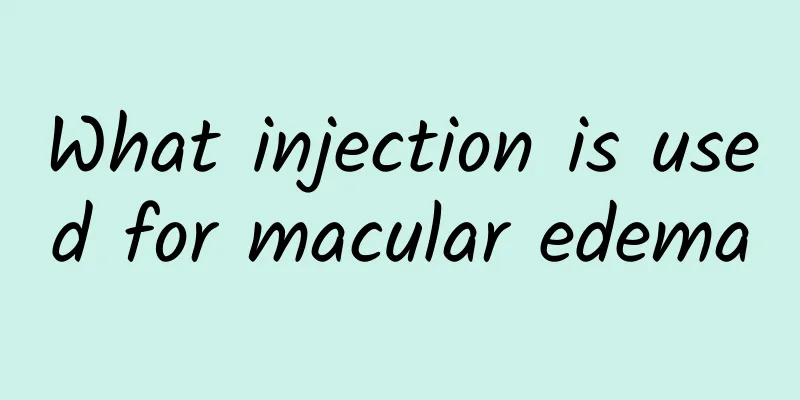What are the early symptoms of water beans

|
Many diseases have many physical symptoms at the beginning. The same is true for chickenpox. If we can receive timely treatment when symptoms of chickenpox appear in the body, it will be very helpful in curing chickenpox. So, what are the early symptoms of chickenpox? Today we will introduce it to you, and we hope that mothers will pay attention and be alert once their children show these symptoms. 1. Common type: accounts for the vast majority of chickenpox patients, and systemic symptoms are relatively mild. The disease lasts about 1 week and then heals on its own. Adults and infants often have more severe rashes and the disease may last for several weeks. 2. Progressive disseminated varicella: People who suffer from malignant tumors such as leukemia and lymphoma, or who have been using various immunosuppressants and cortical hormones for a long time and have reduced resistance due to various reasons, are prone to develop progressive disseminated varicella after infection. The symptoms are prolonged duration of viremia, high fever and systemic poisoning symptoms, multiple and dense rashes all over the body, and new rashes constantly appearing. The herpes is large and may fuse together to form bullae, or appear as hemorrhagic herpes that are not easy to scab over, and even large areas of necrosis may occur in the local skin and subcutaneous tissue of the rash. Petechiae and ecchymoses can sometimes be seen on normal skin. 3. Primary varicella pneumonia: Most patients are adults. Primary varicella pneumonia occurs from the first to the sixth day of the disease, but the severity of the disease varies. Mild cases have no obvious symptoms; severe cases may have high fever, cough, chest pain, hemoptysis, dyspnea and cyanosis. Chest signs were unremarkable. The pathological process of varicella pneumonia is generally synchronized with the rash and often improves as the rash subsides. 4. Varicella encephalitis: It is rare. Clinical manifestations of encephalitis occur 3 to 8 days after the onset of the rash. In rare cases, it occurs 2 weeks before to 3 weeks after the onset of the rash. They are generally children aged 5 to 7 years old, with more boys than girls. Clinical features and CSF examination characteristics are similar to those of other viral encephalitis. The onset varies in severity. In the early stage, there may be no fever or signs of meningeal irritation. Headache, vomiting and paresthesia are common, or accompanied by cerebellar symptoms such as ataxia, nystagmus, dizziness and language disorders. In severe cases, there may be convulsions, paralysis, drowsiness or coma. The disease may cause sequelae such as mental abnormalities, mental retardation and epileptic seizures. |
<<: Tooth order representation method
>>: How to remove the scars left by water beans
Recommend
The 4 major symptoms of paranoia
Persecution delusion is a type of delusion. It is...
Spleen and stomach dampness and heat, liver fire
Due to the increasing pressure of work and life, ...
Abdominal puncture point
Abdominal puncture is a diagnostic and treatment ...
What to do if foreign objects enter baby's nose
Babies are innocent and lively, and they usually ...
What causes frequent blisters on the upper lips? This is the culprit!
Why do blisters occasionally appear on your lips?...
How many days does it take for baby's urticaria to heal?
The baby's constitution is born weaker becaus...
What causes bloating, hiccups and chest tightness?
Stomach bloating is very uncomfortable. In additi...
There is a lump under the cesarean section scar
We all know that giving birth is both exciting an...
Why is the wound itchy after the operation of condyloma acuminatum?
Genital warts are a relatively serious sexually t...
What are the benefits of soaking walnuts in white wine?
Walnut is an essential snack in our daily life, a...
What are the four causes of sudden tinnitus?
What causes sudden tinnitus? Tinnitus and deafnes...
What organs are near the appendix?
Many people think that the appendix organ in our ...
Not that magical! The efficacy of this Chinese medicine has been exaggerated too much
The efficacy of some medicinal herbs has been exa...
What does bilateral pulmonary fibrosis mean?
I believe many people do not know the symptoms of...
The harm of having sex when your period is almost over
You are strictly prohibited from having sex durin...









